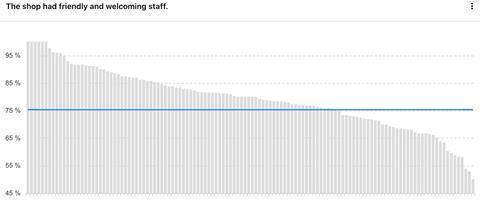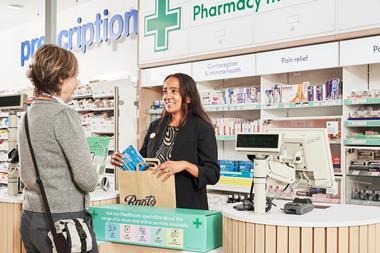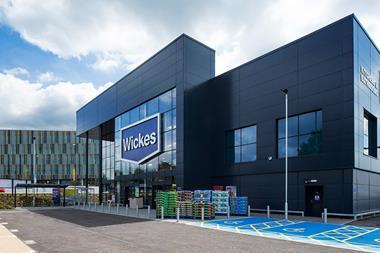Why do retailers spend millions to create footfall and then leave the in-store customer experience to chance, asks Maze UK and Ireland managing director Jim Nicholson.
The shift in recent years towards higher staff costs, lower margins and increasingly tough competition in the form of online retail has made it tough to run a store.
If retailers are to continue to be profitable, they must think and operate smartly to earn their place.
But what defines smart store operations? And are physical stores utilising their advantages to the full?
Perfecting customer experience
Untapped potential is being overlooked. It doesn’t seem that stores have realised what their only real task is when it comes to operating profitably – which is to make each customer’s experience perfect, every time.
It is fair to say that every customer should be greeted in a friendly manner.
Yet there is so much variation, even from interactions at the same retailer.
The graph below is from a Maze client with more 125 stores and over 12,000 survey responses in less than six months.

The variation here is dramatic and can have a huge economic impact on sales. In order to learn from the best stores in your portfolio you should:
- Gather sufficient volumes of fact-based customer feedback
- Use advanced analytics to work out the key drivers of satisfaction
- Allow each store to focus on what matters most
- Give immediate access to an in-store app to learn from your customers
The knock-on effect of good CX
Good shopping experiences are key to profitable operations.
When retailers create good customer experiences, customers spend significantly more money.
But it is not the fact that customers are satisfied that makes them spend more.
It is the employee’s efforts that lead to a good experience that has the knock-on effect of additional sales, higher conversion rates and increased levels of recommendation.
Positive experiences drive traffic
When asking thousands of shoppers about why they visit a particular store it becomes clear how important previous positive experiences are.
The below graph shows that one in every two customers states this is the main reason for their visit. Looking closely at the other reasons given, there is not much the store manager or employees can do to affect them.

This diagram provides another important insight: a retailer’s number one footfall driver is its high-performing store colleagues.
Nordic garden centre chain Plantagen uses a customer relationship app across its 120-store retail estate. Using this it has created what it calls the perfect in-store customer experience, improved the conversion rate and increased its sales by £7m.
Providing staff with actionable customer feedback has been a winning strategy for the firm.
By actively offering customers expert help and inspiration, Plantagen has driven customer satisfaction and, in turn, the value of customer shopping baskets.
This is a prime example of how retailers can tap into the variation that exists across their stores and make a positive impact.
“Now we have daily customer feedback and can see how customers really view their in-store experience and what can be improved. It has become an important part of staff development and business growth,” says Jørgen Lislerud, COO at Plantagen.
How to be better
Maze measures customer satisfaction at more than 100 European retailers daily.
We are consistently seeing the same trends everywhere; enormous variation exists in customer experiences between stores in the same retailer.
The good news is that in almost all retailers, some stores succeed despite the fact that there is a lot to do and they have high visitor numbers.
These are the ones we need to learn from and these are the three questions we should be asking:
- What are they doing differently?
- How are they able to succeed when others are not nearly as successful?
- What are the actual measures taken that allow for working systematically with what drives positive customer experiences?
This is the key to profitable store operations.
The challenge is to bring out this insight and provide support so that it can be implemented everywhere.
Jim Nicholson is UK and Ireland managing director of Maze
































